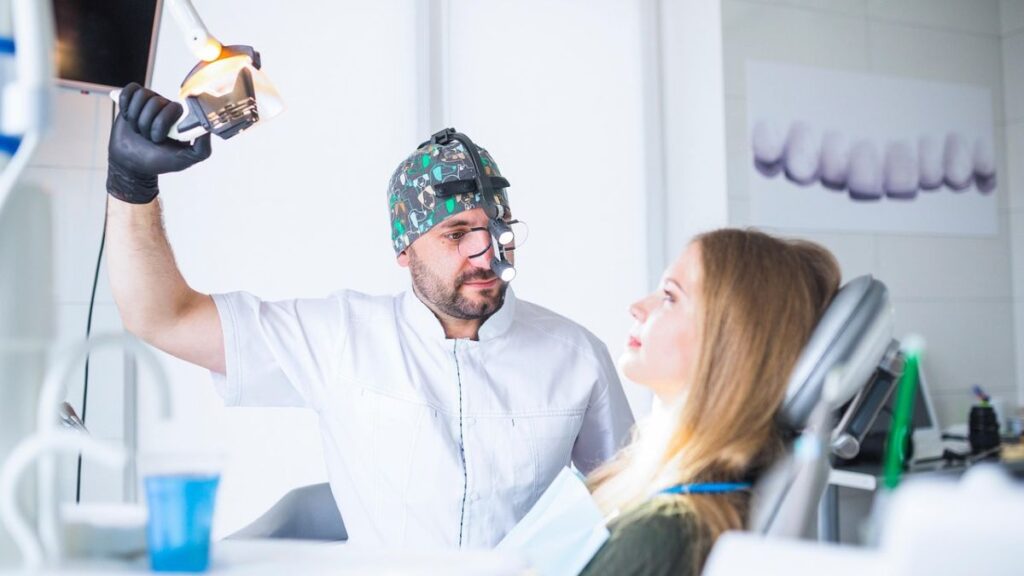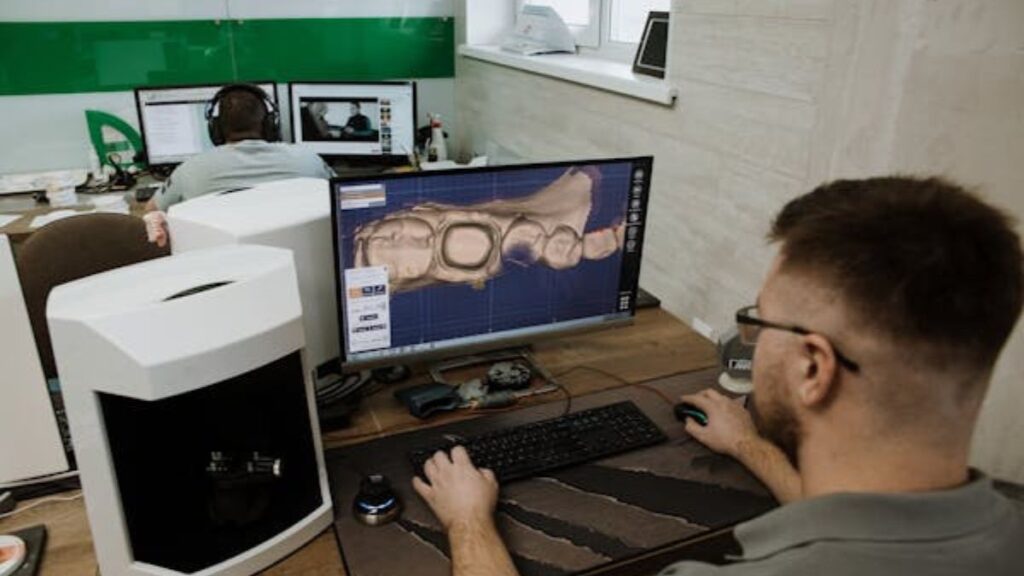Dental implants have become one of the most effective and long-lasting solutions for replacing missing teeth. Unlike dentures or bridges, implants are surgically placed into the jawbone, providing a stable and permanent foundation for artificial teeth. They help restore function, improve aesthetics, and maintain bone health by preventing deterioration. For those considering dental implants, understanding the step-by-step process can ease concerns and set realistic expectations for the procedure.

Initial Consultation and Assessment
The journey toward getting dental implants starts with an initial consultation with a qualified dentist or oral surgeon. During this visit, Perth’s trusted dental implant specialists, for example, will assess your oral health, discuss your medical history, and determine if you are a suitable candidate for implants. X-rays and 3D imaging may be used to evaluate bone density and identify any underlying issues that could affect the procedure. If you have conditions such as gum disease or insufficient bone volume, additional treatments like bone grafting or periodontal therapy may be recommended before proceeding with the implant placement.
Preparing for the Procedure
Once you are deemed a suitable candidate, the dentist will develop a customized treatment plan tailored to your needs. This plan outlines the number of implants required, the type of implant, and the expected timeline for the procedure. If you require a tooth extraction, it may be performed before the implant surgery. In some cases, bone grafting is necessary to strengthen the jawbone, which may require additional healing time before the implants can be placed. Your dentist will also provide pre-operative instructions, including dietary restrictions, medication adjustments, and oral hygiene guidelines to ensure a successful procedure.
The Implant Placement Surgery
The actual implant surgery is typically performed under local anesthesia, although sedation options may be available for patients who experience anxiety. The procedure involves making a small incision in the gum tissue to expose the jawbone. A specialized drill is used to create a space for the implant, which is then securely placed into the bone. The gum tissue is then stitched closed, and a temporary crown or healing cap may be placed over the implant. The entire process usually takes one to two hours per implant and is generally well-tolerated by patients.
Healing and Osseointegration
After the implant placement, the most critical phase begins—osseointegration. This is the process in which the implant fuses with the surrounding bone, providing a strong and stable foundation for the artificial tooth. Osseointegration can take anywhere from three to six months, depending on individual healing factors and bone quality. During this time, patients must follow post-operative care instructions, including avoiding hard foods, maintaining good oral hygiene, and attending follow-up appointments to monitor healing. Mild discomfort, swelling, and bruising are common in the initial days following surgery, but these symptoms typically subside within a week.
Attaching the Abutment and Crown
Once the implant has fully integrated with the bone, the next step is placing the abutment, a small connector that attaches the implant to the final prosthetic tooth. In some cases, the abutment may be placed at the time of implant surgery, but in most instances, it is added after healing. This minor procedure involves reopening the gum tissue to expose the implant and securing the abutment in place. After the gum heals around the abutment, a custom-made crown, bridge, or denture is fabricated to match the natural teeth in color, shape, and function. The final prosthetic is then attached, completing the restoration process.
Post-Treatment Care and Maintenance
Proper care and maintenance are essential for ensuring the longevity of dental implants. Patients should practice good oral hygiene, including brushing twice a day, flossing regularly, and using an antibacterial mouthwash to prevent infection. Routine dental check-ups and professional cleanings are also crucial for monitoring implant health and detecting any potential issues early. While implants are highly durable, avoiding habits such as smoking, teeth grinding, and chewing on hard objects can help prolong their lifespan and maintain oral health.
Possible Risks and Complications
Like any surgical procedure, dental implant placement carries some risks, though they are relatively rare. Potential complications include infection, nerve damage, sinus issues (for upper jaw implants), and implant failure due to poor osseointegration. Factors such as pre-existing health conditions, inadequate oral hygiene, and smoking can increase the risk of complications. Choosing an experienced dental professional and following all post-operative care instructions significantly reduce the likelihood of adverse outcomes and contribute to a successful implant experience.

The process of getting dental implants may seem complex, but understanding each step helps make the journey smoother and less daunting. From the initial consultation to the final restoration, every phase is designed to ensure a successful outcome tailored to the patient’s unique needs. While healing times vary, the benefits of dental implants—restored function, improved confidence, and enhanced oral health—make them a preferred solution for tooth replacement. By working with a skilled dental professional and committing to proper aftercare, patients can enjoy the lasting advantages of a beautiful and functional smile.







